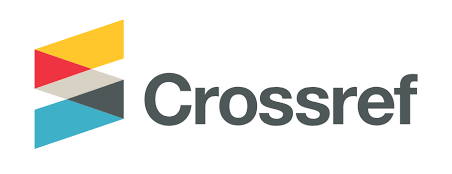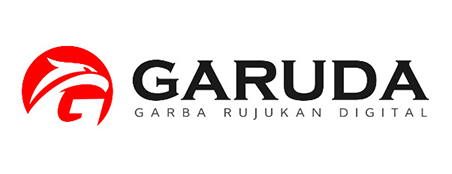Analysis of Determinants That Influence the Profitability of Conventional Banks in Indonesia
DOI:
https://doi.org/10.55681/armada.v2i3.1269Keywords:
Conventional Bankings, Profitability, Random Effect Model (REM), Return on AssetsAbstract
This research aims to examine the factors that influence the level of profitability in conventional banking in Indonesia in 2010-2019. This research uses Return on Assets (ROA) as a ratio to describe the level of profitability of commercial banks in Indonesia. The object of this research is conventional banking in Indonesia, with a research sample of 6 groups of conventional banks, namely Persero Banks, Foreign Exchange Private Banks, Non-Foreign Exchange Private Banks, Regional Development Banks (BPD), Joint Venture, and Foreign Banks. The analytical method used in this research is panel data regression analysis with Random Effect Model (REM). The research shows that the spread interest rate, Bank Indonesia Certificate (SBI), and third party funds (DPK) have a positive and significant effect on Return on Assets (ROA). Meanwhile, the interbank liability variable has a negative and significant effect on Return on Assets (ROA). Simultaneously, spread interest rate, SBI, third party funds, and interbank liabilities influence ROA.
Downloads
References
Bank Indonesia. (2008). Peraturan Bank Indonesia No. 10/11/PBI/2008.
Cambridge Dictionary. (n.d.). Definition of Bank. Retrieved September 19, 2023, from https://dictionary.cambridge.org/dictionary/english/bank.
Dendawijaya, L. (2005). Manajemen Perbankan, Edisi Kedua. Galia Indonesia.
Kasmir. (2007). Bank dan Lembaga Keuangan Lainnya. PT Raharja Grafindo.
Kemenkeu. (2022). Dari manakah bank mendapatkan keuntungan? Kemenkeu Learning Center. https://klc2.kemenkeu.go.id/kms/knowledge/dari-manakah-bank-mendapatkan-keuntungan-07b79059/detail/.
Mankiw, N. G. (2013). Macroeconomics, 8th ed. Worth Publishers.
Mulyani, H., & Anjarsari, V. (2016). Pengaruh Pendapatan Bunga Terhadap Profitabilitas Pada PT. Bank Jabar Banten. https://ejournal.upi.edu/index.php/JPAK/article/view/15423
Ongore, V. O., & Kusa, G. B. (2013). Determinants of Financial Performance of Commercial Banks in Kenya. International Journal of Economics and Financial Issues, 3(1), 237–252. www.econjournals.com
Otoritas Jasa Keuangan. (2017). Kegiatan Usaha Bank Umum. Retrieved September 19, 2023, from https://ojk.go.id/id/kanal/perbankan/pages/Bank-Umum.aspx
Tasman, A., Hartanti, T., & Rahmiati. (2015). Pengaruh Spread Of Interest Rate Dan Kredit Bermasalah Terhadap Profitabilitas Perusahaan Perbankan Yang Terdaftar Di Bursa Efek Indonesia.
Uppal, R. K. (2010). Stability in Bank Income through Fee-based Activities. Information Management and Business Review, 1(1), 40–47.
Wakhiri, N. M. Y. (2017). Analisis Pendekatan pada Model Regresi Data Panel Berganda: Studi Kasus Pengaruh Pengendalian Program Keluarga Berencana dan Peserta KB Aktif Terhadap Jumlah Penduduk di Kota Bandung pada Tahun 2011-2013.
Wiralaga, K. H., Dianta, K., & Nurlatifah, D. (2022). Pengaruh Tingkat Suku Bunga Kredit dan Dana Pihak Ketiga Terhadap Jumlah Penyaluran Kredit Pada Bank Umum Swasta Nasional. http://repository.fe.unj.ac.id/10674/
Downloads
Published
How to Cite
Issue
Section
License
Copyright (c) 2024 ARMADA : Jurnal Penelitian Multidisiplin

This work is licensed under a Creative Commons Attribution-ShareAlike 4.0 International License.








